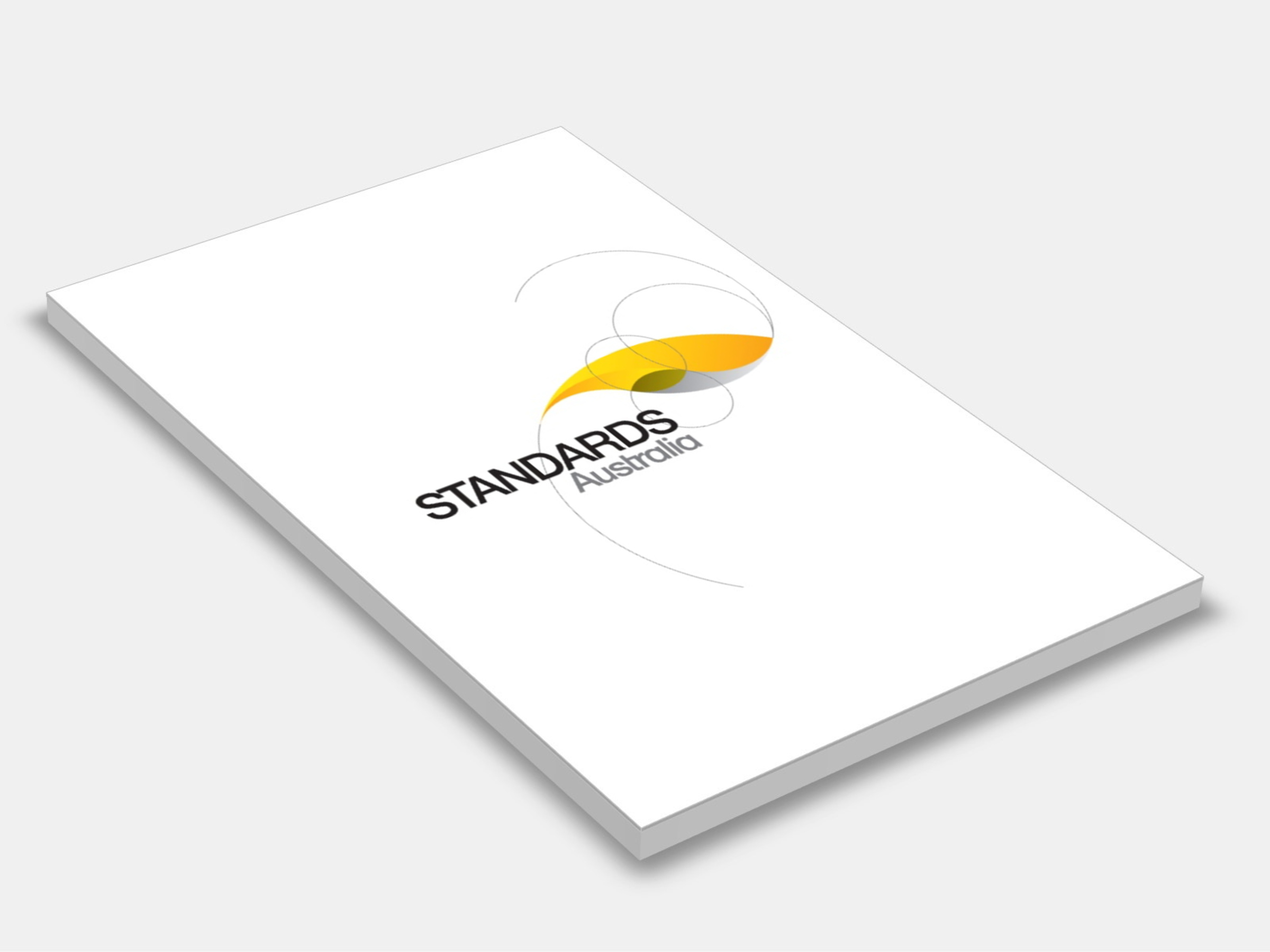
Type
Publisher
Standards Australia
Publisher
Standards Australia
Version:
First Edition 2024.
(Current)
Short Description
This Amendment applies to the following elements of AS 3958:2023: Figures 3.3.3.1, 3.3.3.2, 3.3.4.1, 3.3.5.1, 5.4.7.3(D) and the Bibliography.
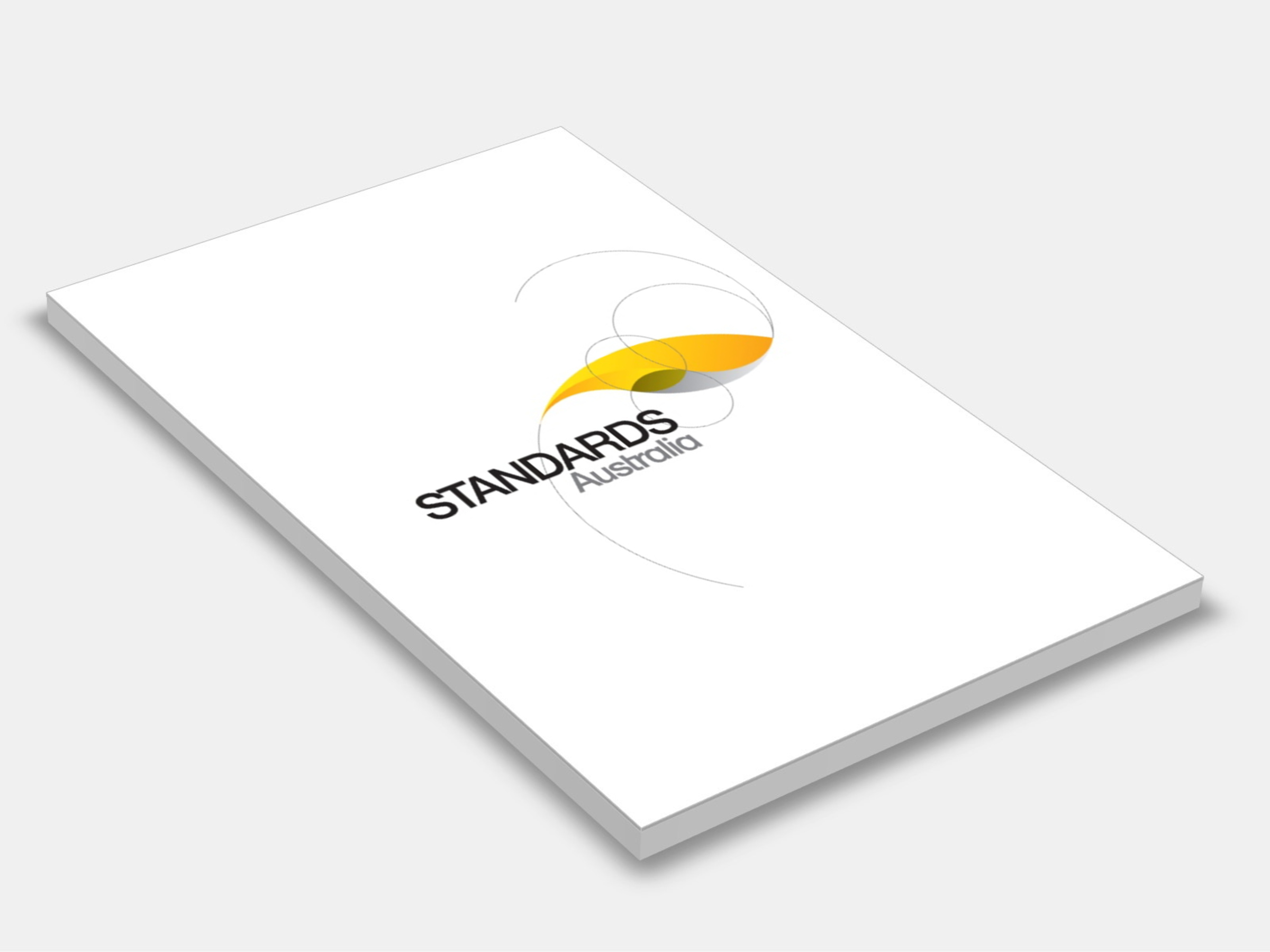
Type
Publisher
Standards Australia
Publisher
Standards Australia
Version:
Second Edition 2012.
(Pending Revision)
Short Description
Sets out requirements for waterproofing membranes for external above-ground use, installed in accordance with AS 4654.2.
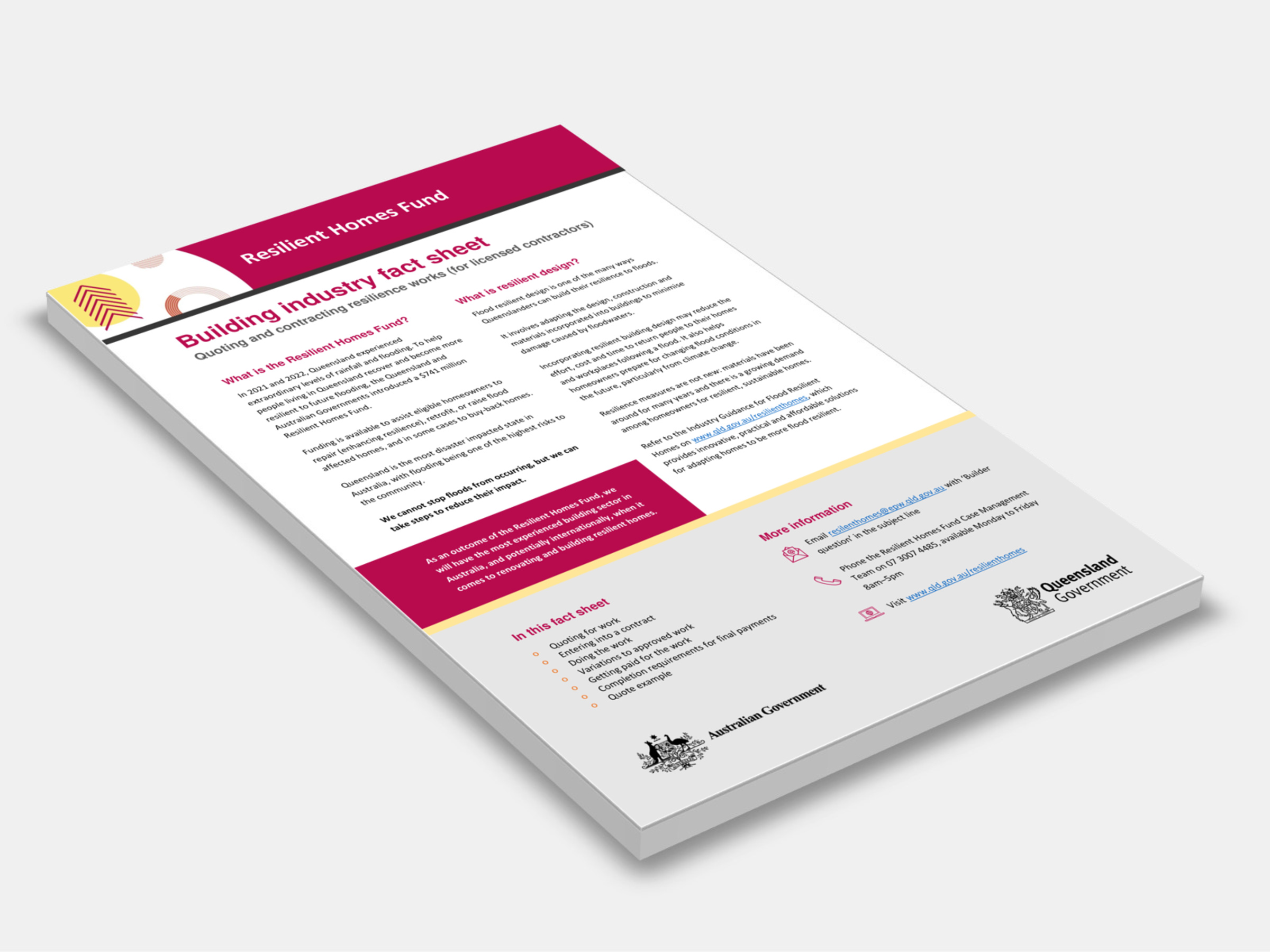
Type
Publisher
Queensland Government
Publisher
Queensland Government
Version:
2023.
(Current)
Short Description
Flood resilient design is one of the many ways Queenslanders can build their resilience to floods.
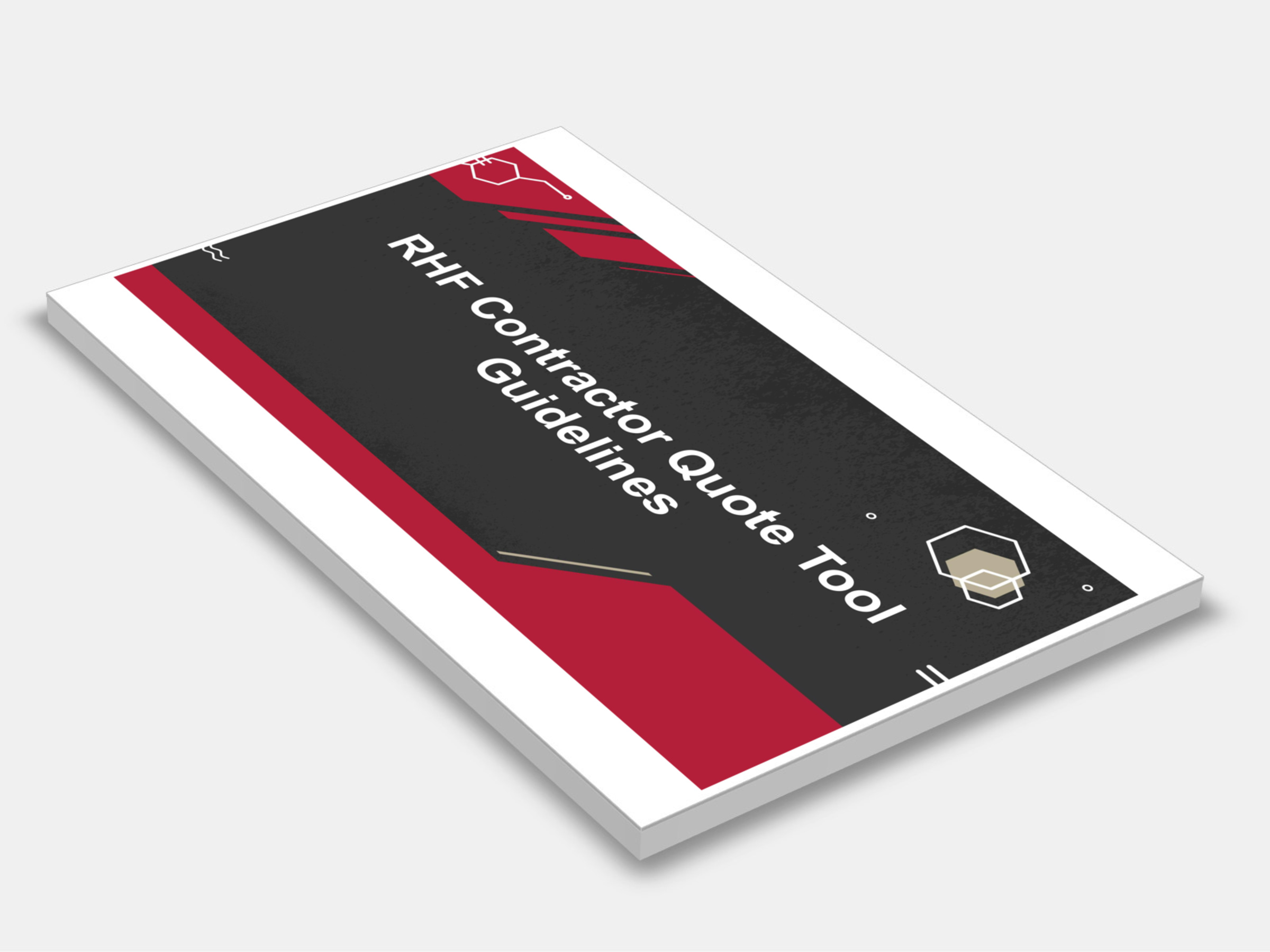
Type
Publisher
Queensland Government
Publisher
Queensland Government
Version:
2023.
(Current)
Short Description
The RHF Contractor Quoting tool was created to provide a standardised method of quoting for Industry Builders participating in the Resilient Homes Fund (RHF). (Includes Contractor Quoting tool download).

Type
Publisher
Queensland Government
Publisher
Queensland Government
Version:
2022.
(Current)
Short Description
This Industry Guidance for Flood Resilient Homes provides information about improving the flood resilience of new and existing Queensland homes.
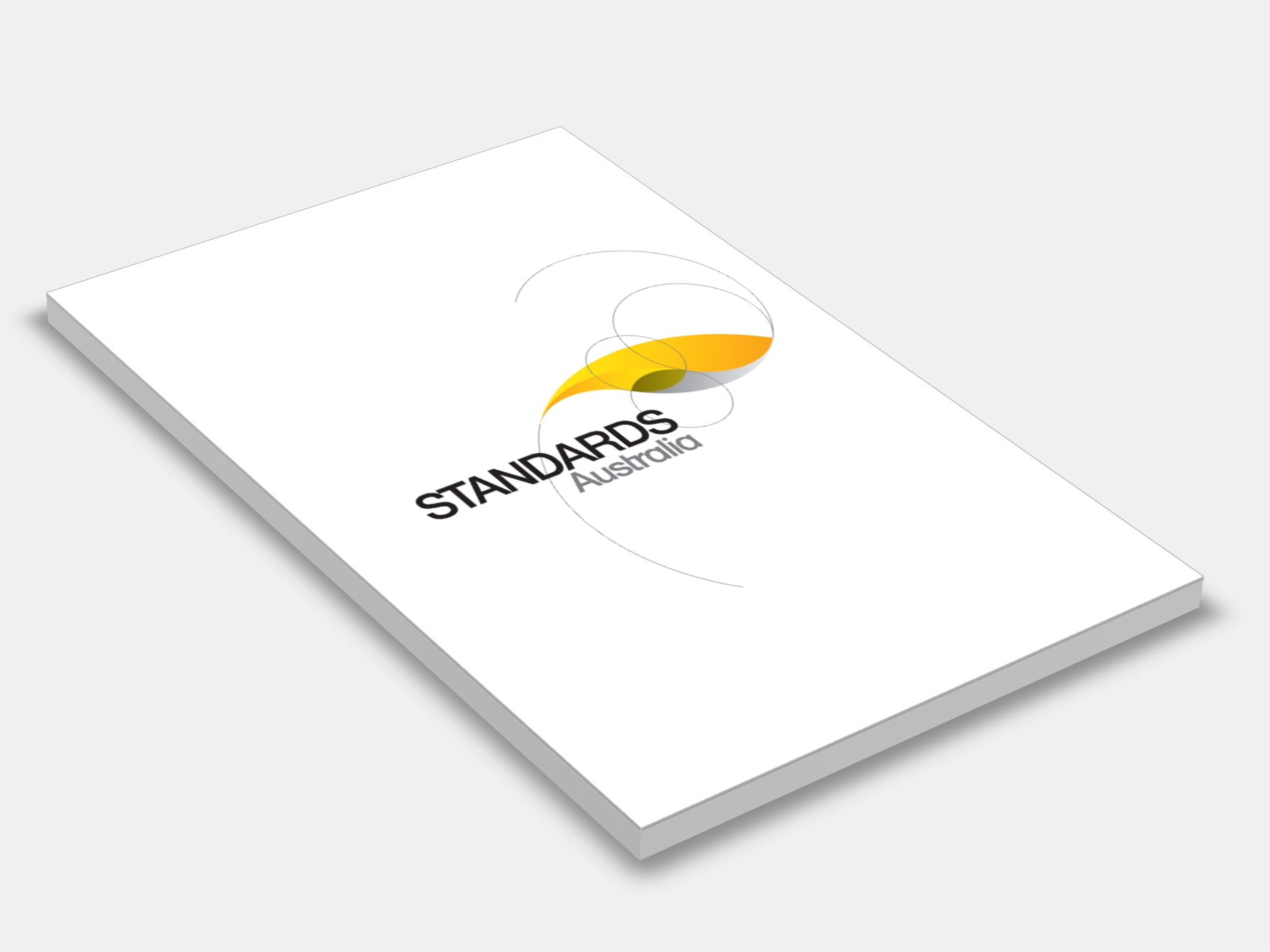
Type
Publisher
Standards Australia
Publisher
Standards Australia
Version:
Sixth Edition 2017.
(Current)
Short Description
Provides requirements for the planning, design, construction, and safe operation of all installations in which flammable or combustible liquids are stored or handled. In separate sections it deals with minor storage, package storage and handling, storage in tanks, fuel dispensing, piping and tank auxiliaries, operations and fire protection facilities. Appendices deal with tank venting, combustion characteristics, fire exposure protection, gas-freeing precautions and principles, and power station and grid transformers.
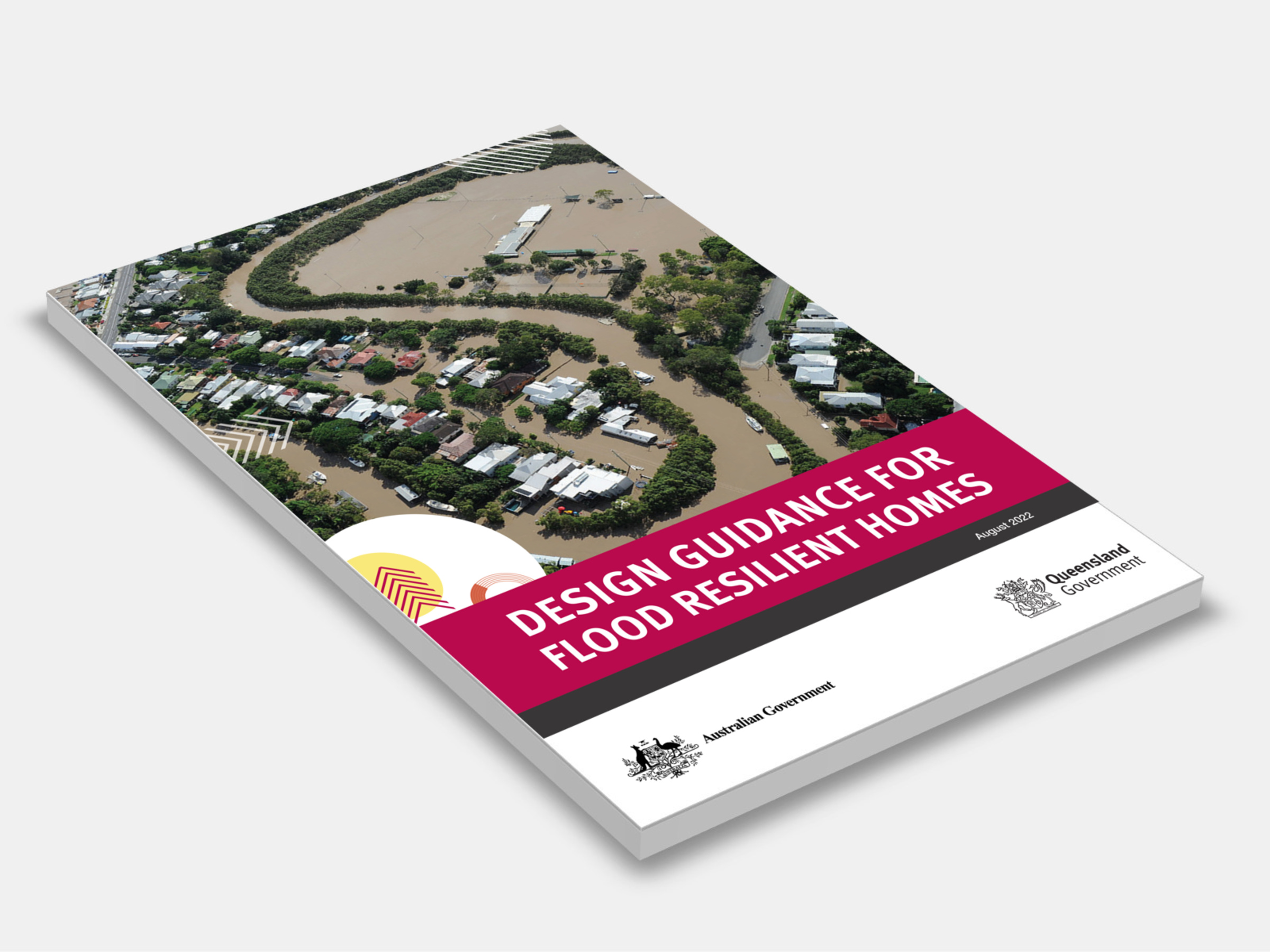
Type
Publisher
Queensland Government
Publisher
Queensland Government
Version:
2022.
(Current)
Short Description
Queensland homeowners who experienced damage to their residential property as a result of flooding in 2021–22 can now register their interest for the $741 million Resilient Homes Fund.
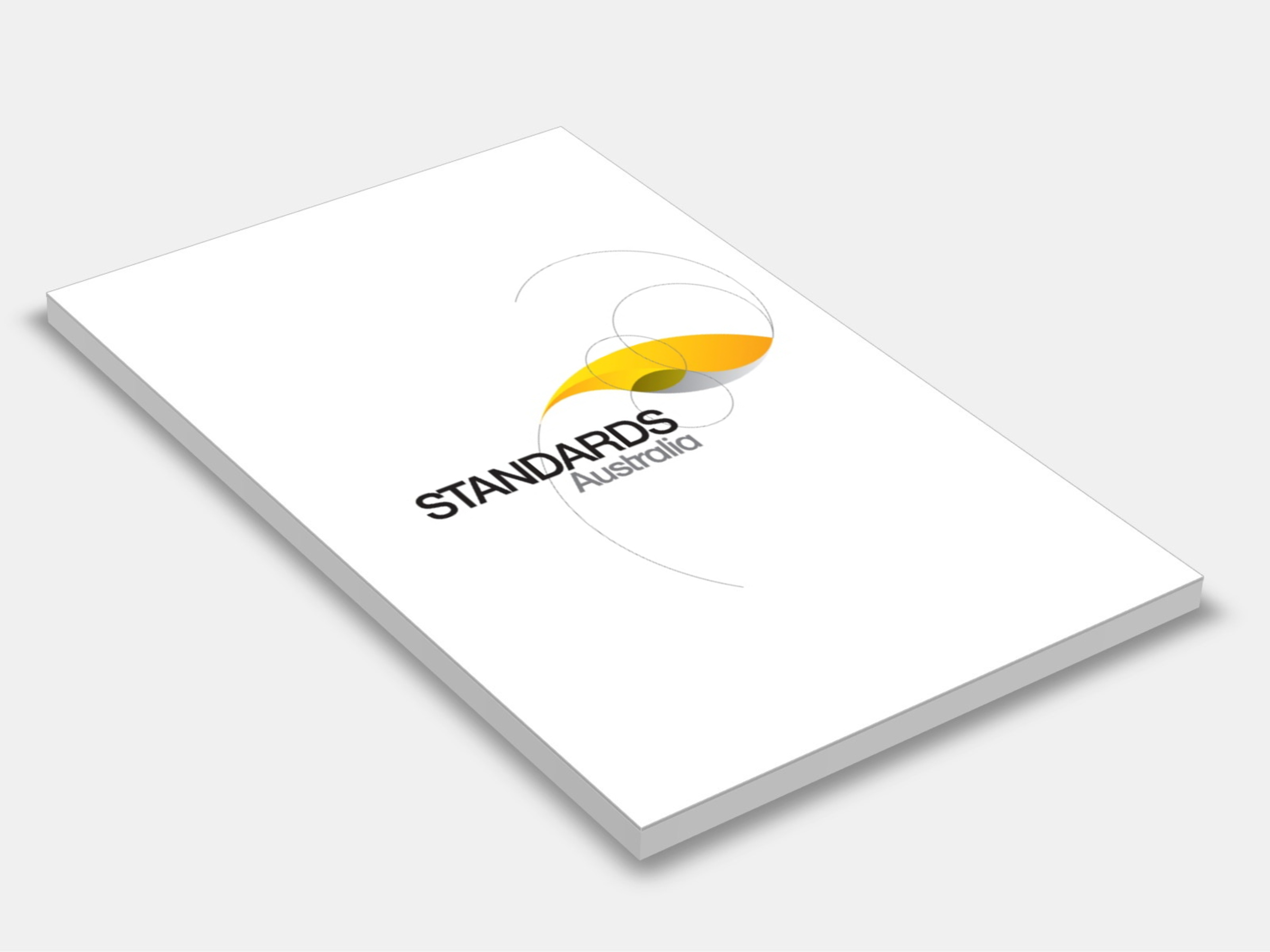
Type
Publisher
Standards Australia/Standards New Zealand
Publisher
Standards Australia/Standards New Zealand
Version:
Third Edition 2003.
(Current)
Short Description
Specifies requirements for the design, construction, location, and operation and testing of systems for the storage and handling of anhydrous ammonia. Requirements for the management of emergencies involving anhydrous ammonia and for the fire protection associated facilities are also specified.
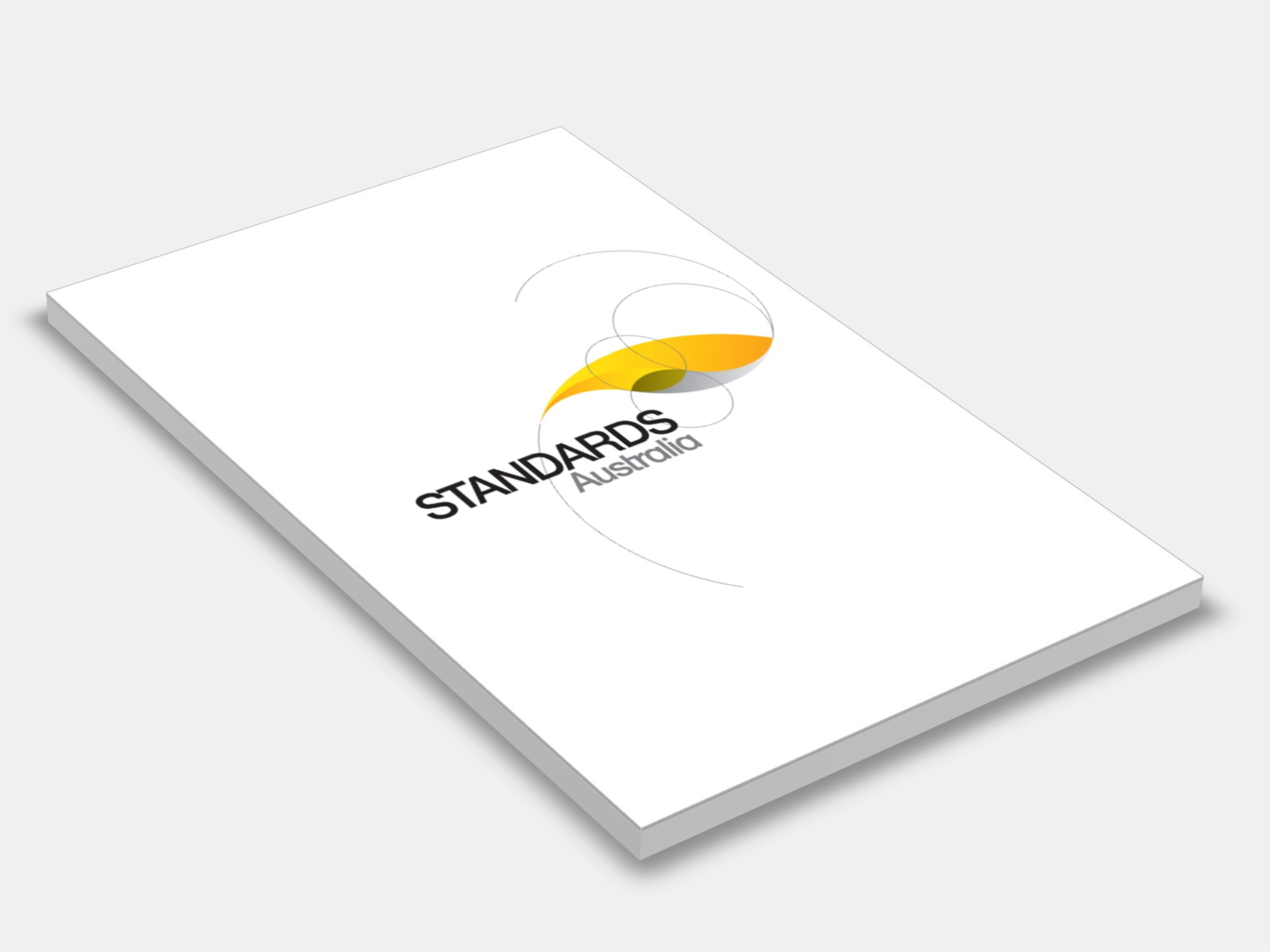
Type
Publisher
Standards Australia
Publisher
Standards Australia
Version:
Second Edition 2004.
(Current)
Short Description
Sets out requirements and recommendations for the storage and handling of gases in cylinders, as classified as Class 2 dangerous goods in the ADG Code. It applies to stores where individual gases (other than those which are covered by specific Australian Standards) are kept, and to stores where more than one type of gas is kept. Requirements for the location, construction and ventilation of stores are given. Recommendations for the management of emergencies and actions in the event of fire are provided in appendices.
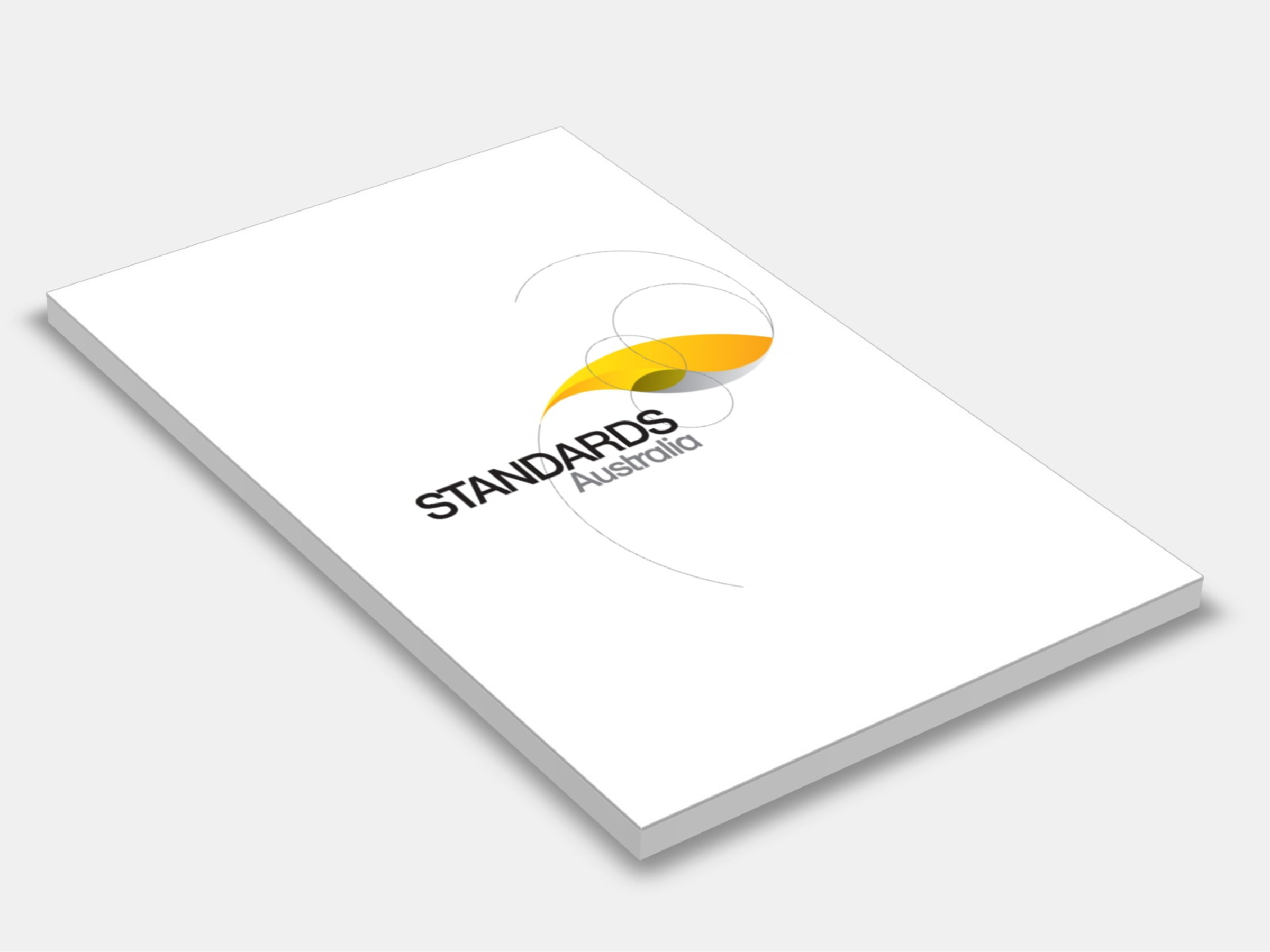
Type
Publisher
Standards Australia/Standards New Zealand
Publisher
Standards Australia/Standards New Zealand
Version:
First Edition 1997.
(Pending Revision)
Short Description
Sets out requirements and recommendations for the storage and handling of toxic substances that in Australia, meet the Class 6.1 classification criteria of the ADG Code and in New Zealand, the Class 6.1 classification criteria of the IMDG Code and Schedules 1-4 of the New Zealand Toxic Substances Regulations 1983. The Standard applies to Class 6.1 substances and may also apply to substances of other classes having a 6.1 Subsidiary Risk. A discussion of the hazards presented by toxic substances and a bibliography of documents providing guidelines on the preparation of emergency plans are provided in appendices.